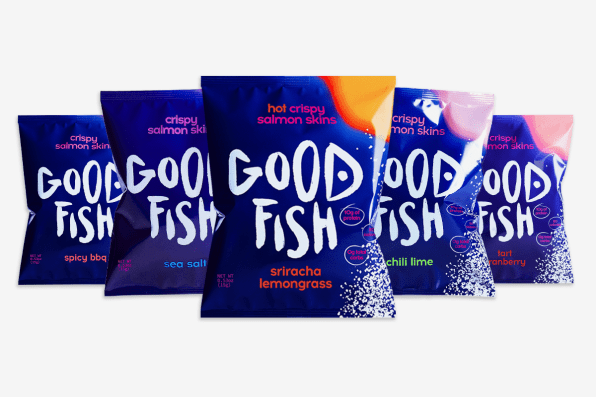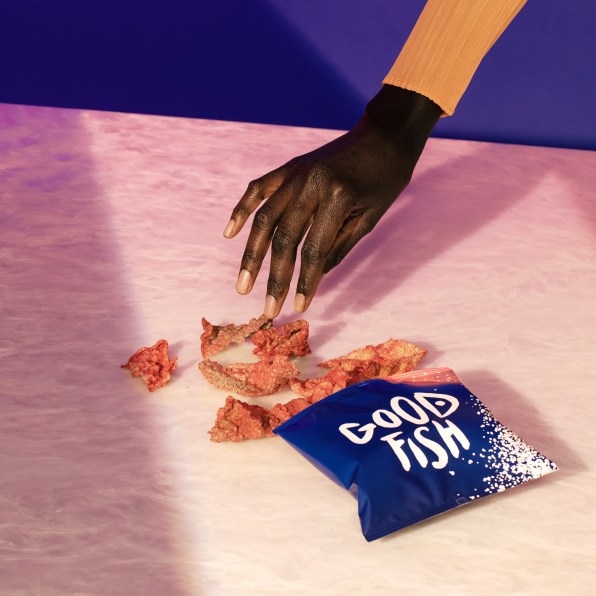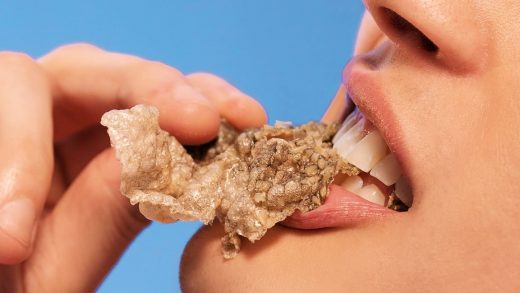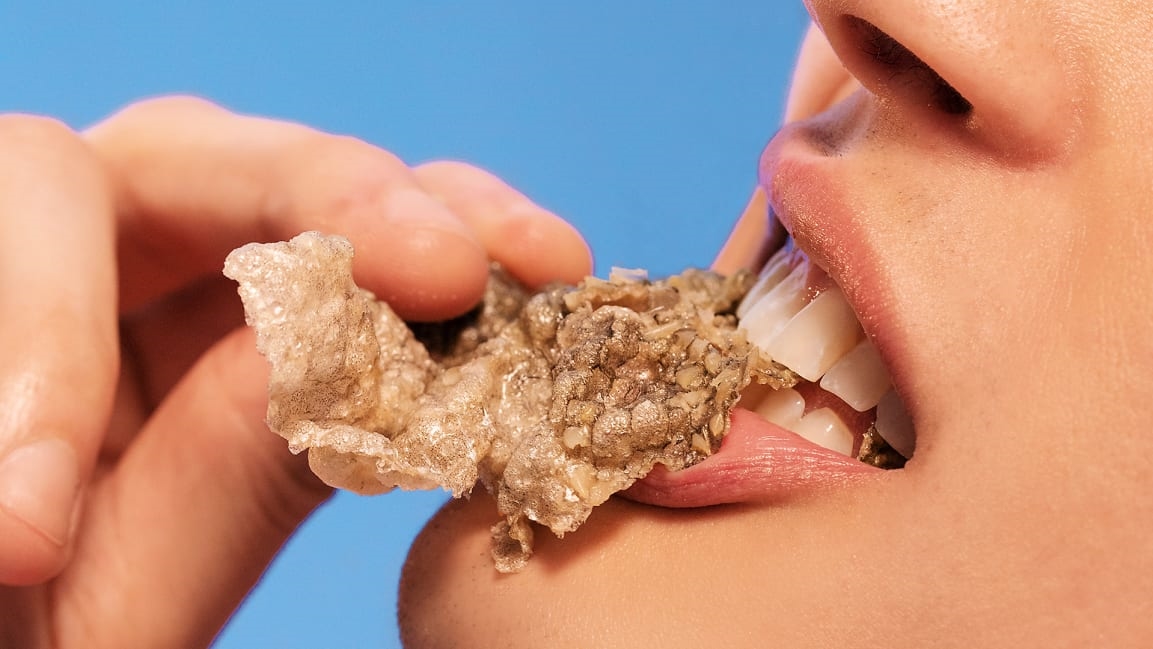Bear Grylls wants you to eat these salmon-skin chips
Grylls, a former soldier in the British Special Forces turned TV adventurer and survivalist, has signed on as a cofounder of Goodfish. The snack company launched last year and sells salmon skin as chips in different flavors, like miso teriyaki and chili lime, developed as a way to add value to already caught salmon, whose skins are relatively unused in Western consumption. The existing founders hope that Grylls will bring exposure by doing what he already does on a wide scale: promoting sustainability.

Two of the three original founders, Guilbert and Douglas Riboud, are also behind coconut water company Harmless Harvest. Both businesses had much the same model: creating value for the byproduct of a crop. For coconuts, that was the water. And, as U.S. consumers buy salmon for the fillets, they often discard the skin. But, “probably the most nutritious [part], and the highest delicacy in Southeast Asian culture, is the skin,” Guilbert says. Skin going to waste was “absurd” to the founders; he says it was as if people had “gold caviar” in front of them, and were tossing it out.
The company sources all their salmon from Alaska’s Bristol Bay. It’s not a hatchery, rather a wild fishery, which means salmon live out their life cycles naturally—going out to the Behring Sea to grow, then years later returning to the estuary, where they’re caught. “This is one of the most incredible resources we have in the country,” Guilbert says of the fishery, which is thriving. In an average year, 40 million salmon return to the bay; last year, that number was 60 million.
Some of the caught salmon from the fishery is skinned and used for things liked canned salmon; so, by using the skins for a new product, the company is increasing the value of the salmon without disrupting the sourcing. Since March 2020, it’s upcycled almost 240,000 pounds of skin. To make the chips, the sockeye skin is dehydrated, flash-fried in different oils, and sprinkled with flavorings, like sriracha and lemongrass, to make it into a tasty snack. What is generated is a crunchy, carb-free chip, rich in omega-3 fatty acids, and with 10 grams of protein from the collagen.

Conversations with Grylls started about a year ago. There was a “very simple confluence between what this guy stands for and what we do,” Guilbert says. “He’s basically saying, Get out there. Reconnecting with nature is going to help you break that cognitive dissonance we have with the environment. Once you get there, you’ll have a different appreciation for the world you’re in.” Besides, Grylls also has a reputation for the fun and provocative, like eating strange snacks in the wilderness for its entertainment value—into which he even managed to rope the former president. (Though, Obama would not be persuaded to drink his own urine.)
He’s come on board as a cofounder in an “equity partnership,” Guilbert says, declining to share any investment information. He won’t just be an ambassador who’s promoting the brand, rather “promoting the idea behind the brand—of sustainable seafood.” The value, he says, comes from the work Grylls already does, through education and awareness, about issues like preserving the ocean’s ecosystems (though now, there will likely be some brand association involved).
“My adventures have taken me far and wide across this globe, and the threat to sustainable fisheries and need to make the fishing industry more environmentally friendly has never been more apparent,” Grylls says via email. “With my role as cofounder, I’m investing myself in the future of Goodfish, and recognize there’s incredible opportunity for rapid, mission-driven growth for the ecological snack brand.”
And, there’s much education to be done about the product and supply chain for American consumers, to whom eating skin may be a novelty. They’re encouraged by early consumer feedback, though, and intrigued by some trends. Many customers have expressed that they like to eat the crispy skin not just as a snack—but atop a soup or salad, or crumbled onto sushi. “When you throw it on top of a bowl of rice,” Guilbert says, “it’s like bacon.”
(28)



